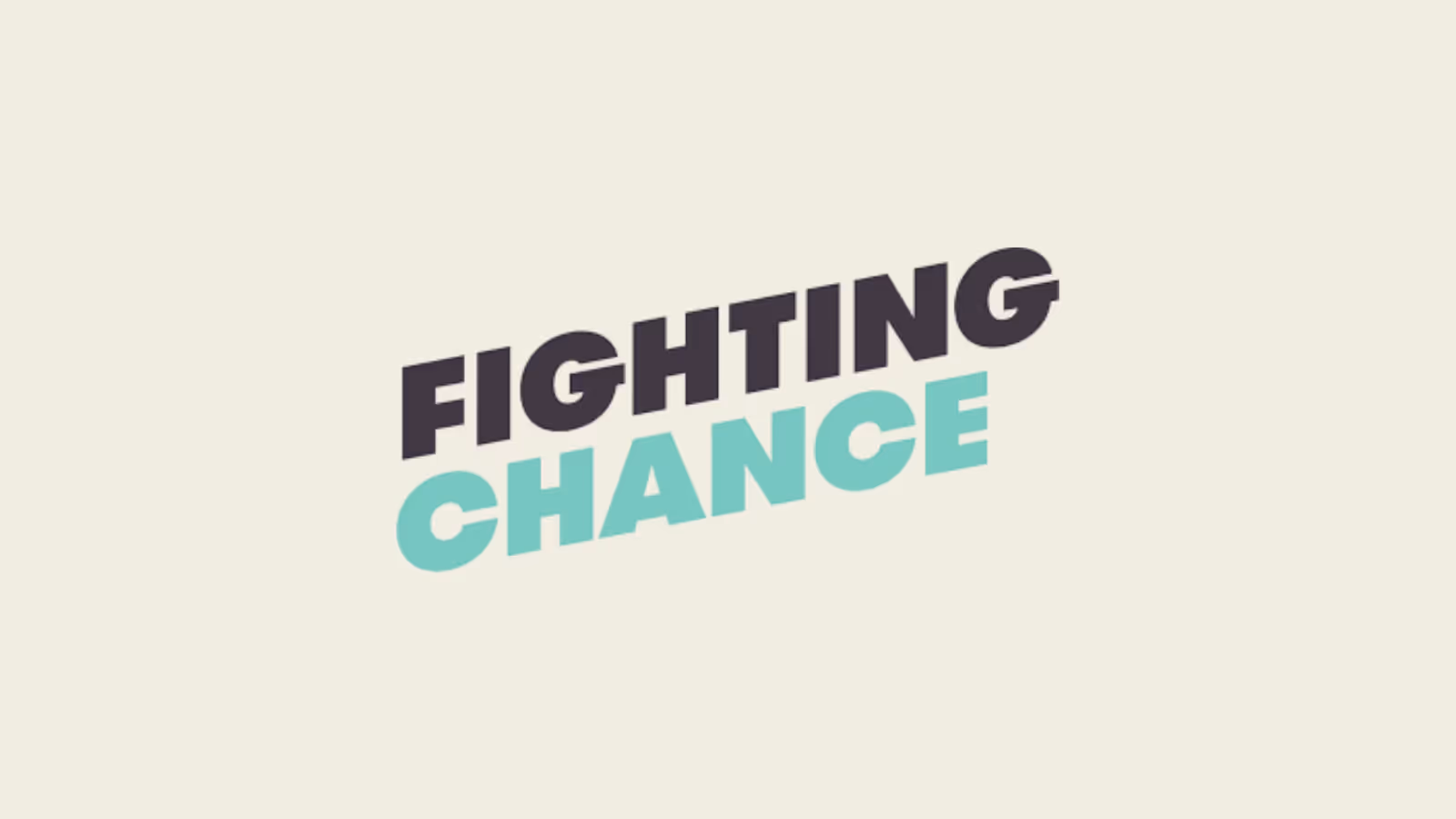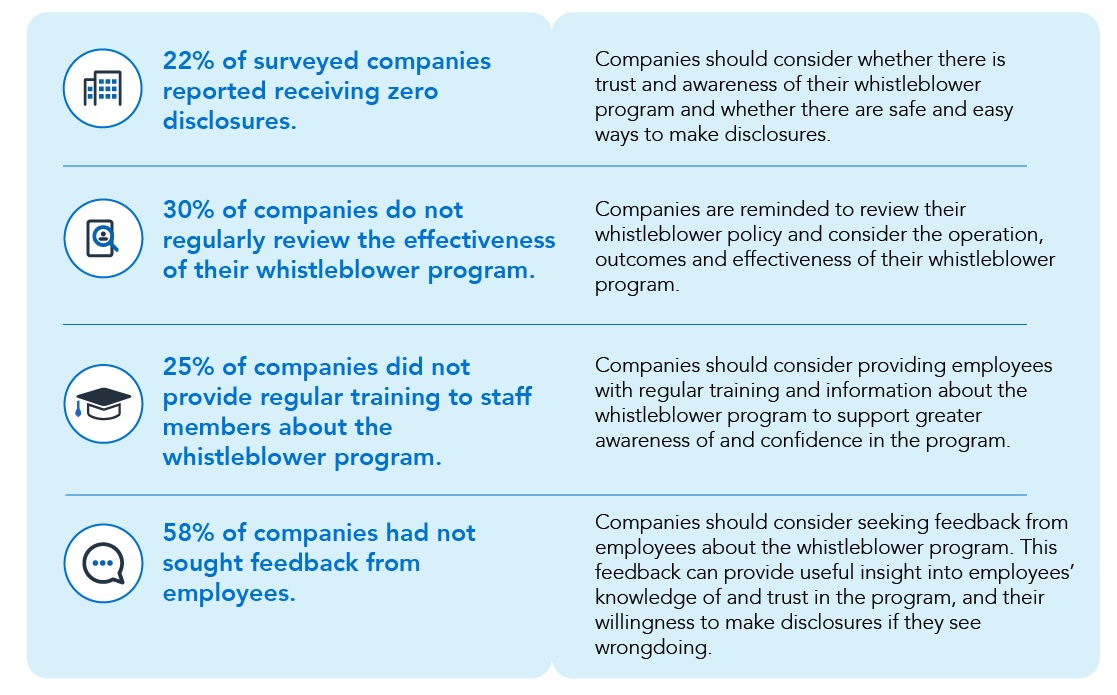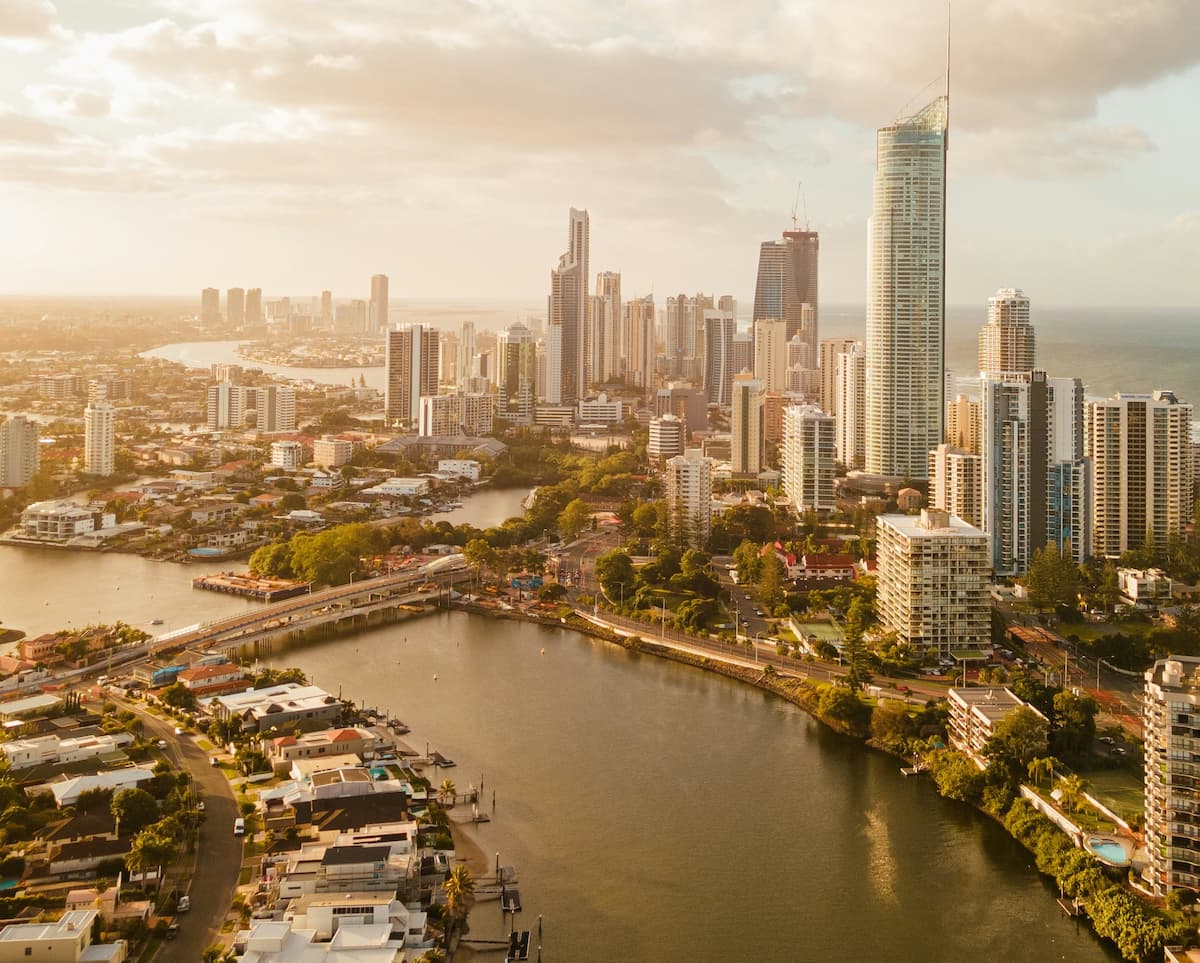What Is A Notifiable Incident?
Understand notifiable incidents, including psychological risks, under WHS laws.

Notifiable incidents to Safe Work Australia now include events that pose a serious risk of psychological injury, or the very serious event of a suicide attempt related to the work environment.
It is a step in the right direction that these notifications can be reviewed in order to prevent serious critical incidents from happening again.
Understanding what constitutes a notifiable incident is crucial for maintaining workplace safety and compliance.
A notifiable incident includes serious injuries, illnesses, or dangerous occurrences that must be reported to the appropriate regulatory authorities. These incidents often involve significant harm or potential risk to workers’ health and safety.
Reporting hazards and incidents promptly and accurately is essential. It ensures that necessary measures are taken to prevent recurrence, helps in maintaining a safe working environment, and ensures compliance with legal and regulatory requirements.
Notifiable Incidents
A notifiable incident is an event that must be reported to regulatory authorities due to its severity and potential impact on health and safety. This includes:
Workplace violence
Violent incidents that exposes a worker or other person to a serious risk to a person’s physical or psychological health and safety.
Suicide attempt
Notification of the suicide or attempted suicide of a worker would be required where there are indicators that suggest a potential link to work or the work environment.
Extended leave
Serious work-related injuries and illnesses that are not already notifiable through the timely notification of a worker’s absence period of 15 or more consecutive calendar days due to psychological or physical injury, illness or harm.
These changes are in alignment with the psychosocial health and safety code of practice, however, it is important to note that any changes will not take effect until they have been rolled out by the WHS regulators.
Importance of Understanding and Reporting Notifiable Incidents
Legal and Regulatory Significance
Reporting notifiable incidents is a legal requirement under workplace health and safety laws. Failure to report can result in substantial fines and legal consequences.
Impact on Workplace Safety and Health
Timely reporting ensures that immediate measures are taken to address hazards, protecting employees from further harm.
Role in Preventing Future Incidents and Ensuring Compliance
Proper reporting and investigation help identify the root causes of hazards incidents, leading to improved safety practices and compliance with regulations, ultimately fostering a safer work environment.
Legal Requirements and Regulations For Notifiable Incidents
The primary legislation governing the reporting of notifiable incidents in Australia is the Work Health and Safety (WHS) Act. This act outlines the obligations of duty holders to ensure the health and safety of workers and others in the workplace.
Responsibilities of Employers and Employees
Employers
Must report notifiable incidents to the relevant regulatory authority immediately after becoming aware of them. They are also required to preserve the incident site until an inspector arrives or directs otherwise.
Employees
Should promptly report any incident they witness to their employer or supervisor, ensuring that the employer can fulfill their reporting obligations.
Jurisdiction-Specific Regulations
Different states and territories may have additional or specific requirements. For instance:
- New South Wales (NSW): Requires reporting to SafeWork NSW.
- Victoria: Incidents must be reported to WorkSafe Victoria.
- Australia-Wide: Each state and territory operates under its WHS laws but follows the general framework provided by the national WHS Act.
These regulations ensure a consistent approach to incident reporting across various jurisdictions, contributing to the overall safety and health standards in Australian workplaces.
Reporting Procedures
Immediate Actions to Take Following an Incident
- Ensure the safety of all individuals involved by providing first aid or emergency medical assistance.
- Secure the incident area to prevent further harm or interference with the scene.
Step-by-Step Guide on How to Report An Incident
1. Notification
Inform the designated health and safety officer or supervisor immediately.
2. Document Details
Collect all pertinent information, including the nature of the incident, the individuals involved, and any immediate measures taken.
3. Contact Authorities
Report the incident to the appropriate regulatory body, such as SafeWork NSW or WorkSafe Victoria, as required by local regulations.
4. Submit Reports
Complete and submit any required documentation, such as incident forms or online reports, as specified by the regulatory authority.
5. Follow-Up
Cooperate with any investigations and provide additional information if requested by authorities.
Consequences of Failing to Report
Legal and Financial Penalties Failure to report notifiable incidents can result in substantial fines and legal action against the employer.
Regulatory bodies like SafeWork NSW and WorkSafe Victoria have the authority to impose penalties, which can escalate with the severity and nature of the violation. In 2019, a construction company was fined $90,000 for failing to report a worker’s serious injury caused by faulty equipment.
This lack of reporting delayed the investigation and corrective actions, putting other workers at risk.
Impact on Workplace Safety Culture
Neglecting to report incidents undermines the safety culture within an organization. It can lead to a lack of trust among employees, decreased morale, and an environment where safety is not prioritized, increasing the likelihood of future incidents.
Sources:
- SafeWork NSW
- Safe Work Australia
- Victorian Government
Related Content:
- What Is Employee Counselling?
- How Much Do EAPs Cost?
- Mental Health Sick Leave Explained
- Are EAPs Confidential?
- Cost of Poor Mental Health in the Workplace

Hello 👋 I’m Joel the founder of Foremind.
Are you ready for simplified support & compliance?
Latest insights
Answers to the frequently asked questions.
Still have questions?
Email us at enquiries@foremind.com.au and we'll get back to you quickly with a response
Yes, we have culturally competent counsellors available, including those able to work with first nation and CALD employees.
Onshore on secure AWS Servers in Sydney Australia. All data is encrypted in transit and at rest and our entire team is located in Australia.
Employees can access our platform on any device (mobile, laptop, desktop, etc.) as long you have the website link - no need to download any app on devices. You wouldn’t need to enrol any of your staff individually.- When we do our onboarding, we ask for the first name, last name and email of all your employees, and send out an email invite to all them which will allow them to create their own individual account to access the platform. For new staff we can also invite them or provide you with a unique link to embed in your onboarding process, whichever is more convenient for you. We also kick things off with a launch webinar or video to make sure everyone is aware of Foremind and how to use it. We’ll also provide you with any collateral such as posters, QR codes, brochures etc. to help drive awareness and encourage people to create an account in the platform.
The support line is answered by our reception service 24/7. It is for urgent platform or session-related issues only (e.g. *“My counsellor didn’t show”*) or helping staff create an account.






